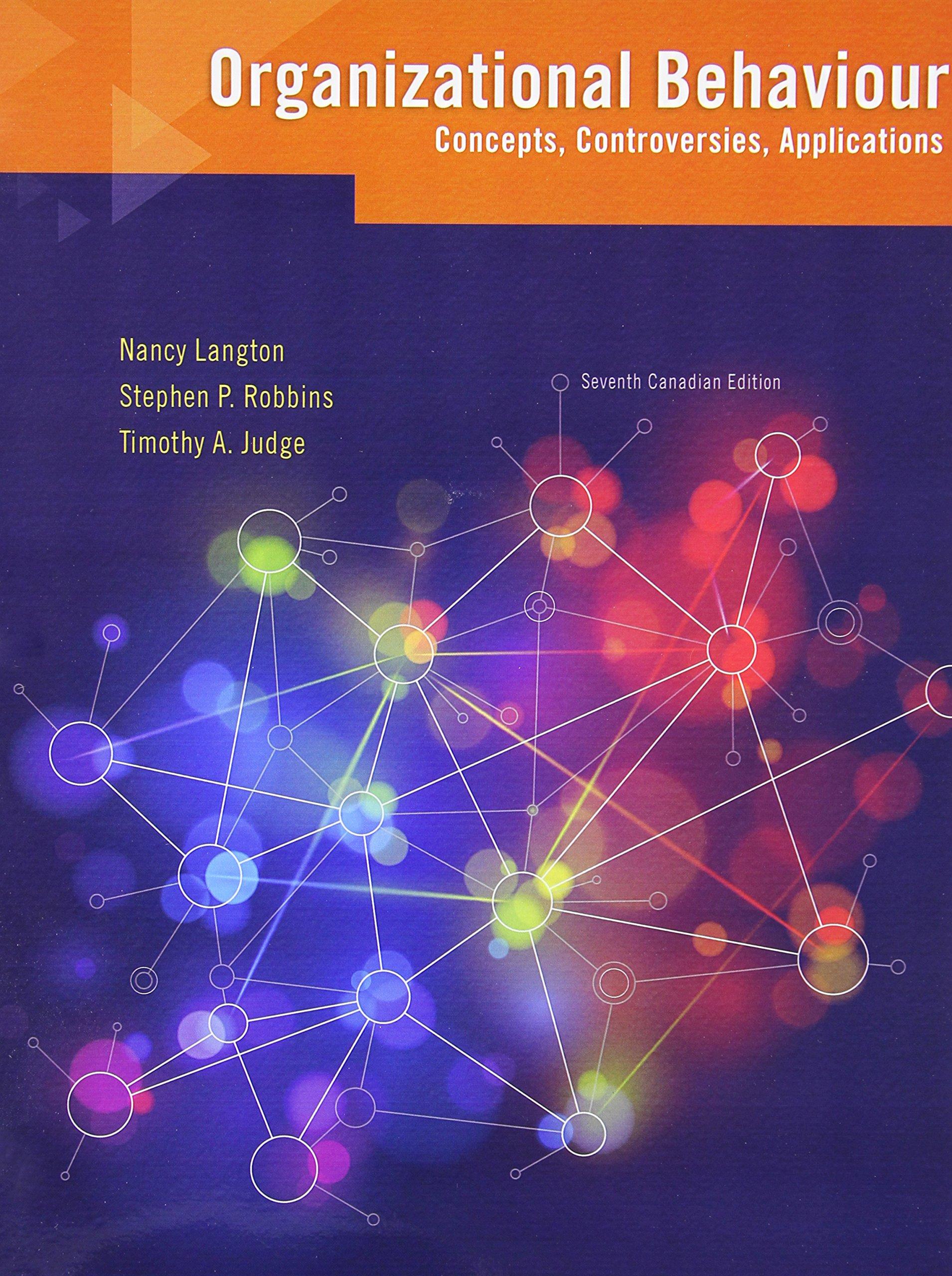Is there one right way to lead? Research suggests not, the methods explored in this chapter text
Question:
Is there one right way to lead? Research suggests not, the methods explored in this chapter text suggest not, and common sense suggests a “one size fits all” approach could be disastrous because organizations exist for diverse purposes and develop unique cultures. Leadership development programs generally teach a best-practices model, but experts suggest that individuals trained in leadership techniques that are contrary to their own natures risk losing the authenticity crucial to effective leadership. The real path to leadership may lie in algorithms.
If you have ever taken a strengths-based assessment such as the Harrison Assessment or Gallup’s Clifton StrengthsFinder, you know that surveys aimed at discovering your personality, skills, and preferences result in a personal profile. This tool is helpful in leadership development, but algorithms can take your leadership development to the next level of personalization and application. They can take the results from each survey you complete, for instance, and use them to create a leadership program that matches your needs and abilities.
As the founder of TMBC and author of StandOut , Marcus Buckingham is an expert on creating leadership programs. He recommends the following steps:
Step 1. Find or develop the assessment tools.
These might include a personality component, such as a Big Five inventory test, and will include other tests companies can resource or create according to what leadership characteristics they are seeking to monitor.
Step 2. Identify the top leaders in the organization and administer the test to them.
Similarities in their profiles may not emerge across the broad spectrum of all top leaders. This step is not to determine what all the leaders have in common, but to group the top leaders into categories by their similar profiles.
Step 3. Interview the leaders within each profile category to learn about the techniques they use that work. Often these will be unique, unscripted, and revealingly correlated to the strengths in their assessment profile. Compile the techniques within each profile category.
Step 4. The results of top leader profile categories and their techniques can be used to create an algorithm, or tailored method, for developing leaders.
Administer the assessment tests to developing leaders and determine their profile categories. The techniques from successful leaders can now be shared with the developing leaders who are most like them because they share the same profile category.
These steps provide a means for successful leaders to pass along to developing leaders techniques that are likely to feel authentic to the developing leaders and that encourage creativity. The techniques can be delivered in an ongoing process as short, personalized, interactive, and readily applicable tips and advice, for results no two-week leadership development course could achieve.
Questions
1. If you have participated in leadership development programs, how effective did you find them in (a)
teaching you techniques and (b) giving you practical strategies you could use? What could they do better?
2. What are some potential negatives of using Buckingham’s approach to leadership development?
3. Would you suggest applying Buckingham’s steps to an organization in which you have worked? Why or why not?
Step by Step Answer:

Organizational Behaviour Concepts Controversies Applications
ISBN: 9780134048901
7th Canadian Edition
Authors: Nancy Langton, Stephen P. Robbins, Timothy A. Judge





